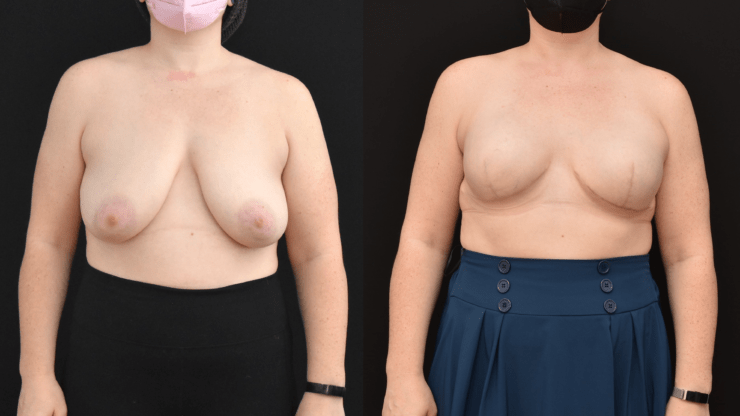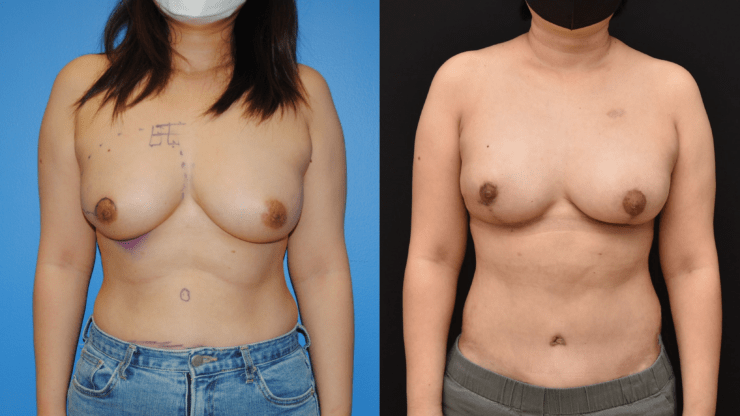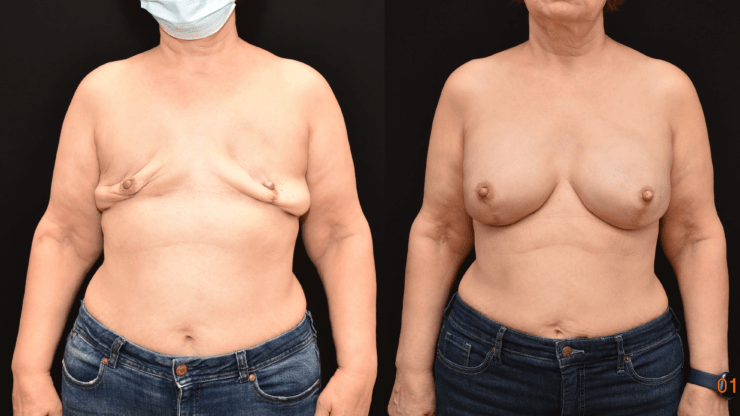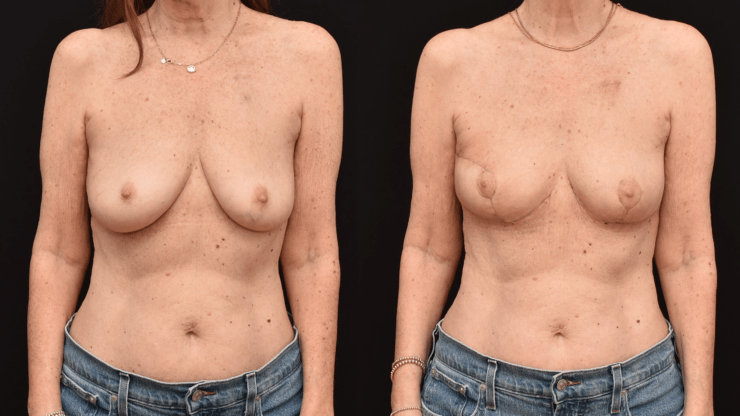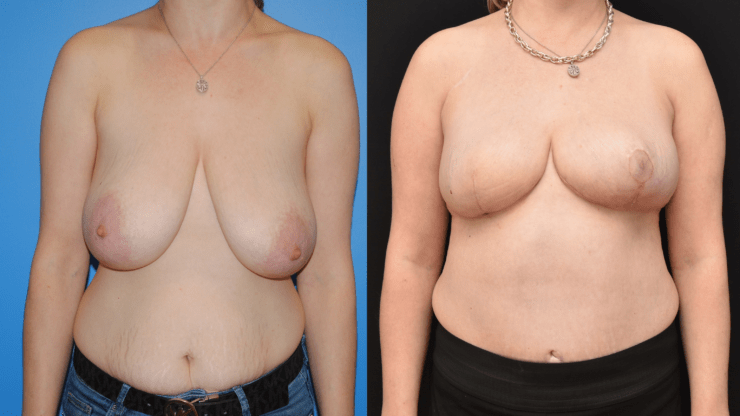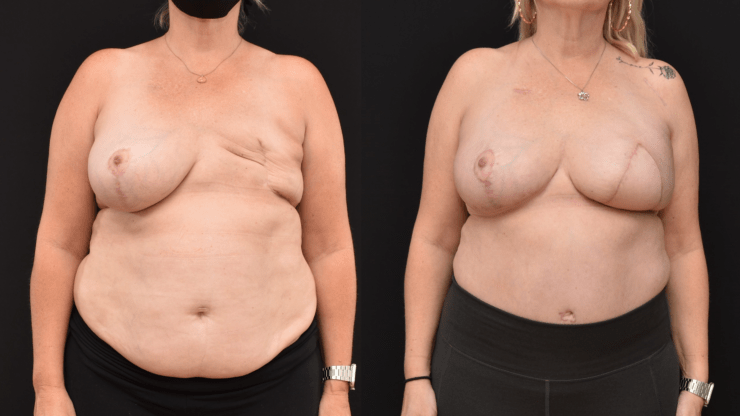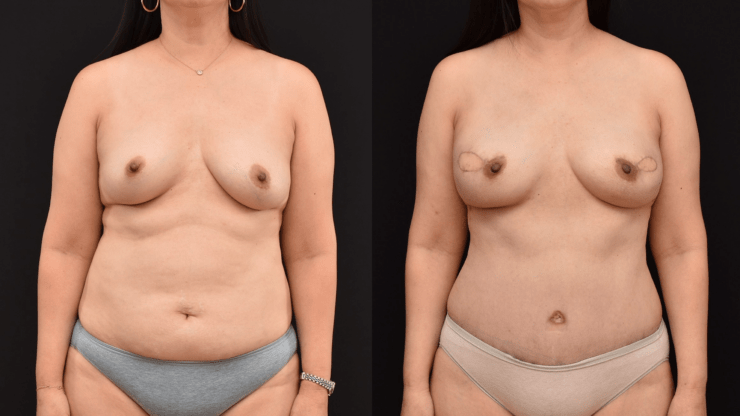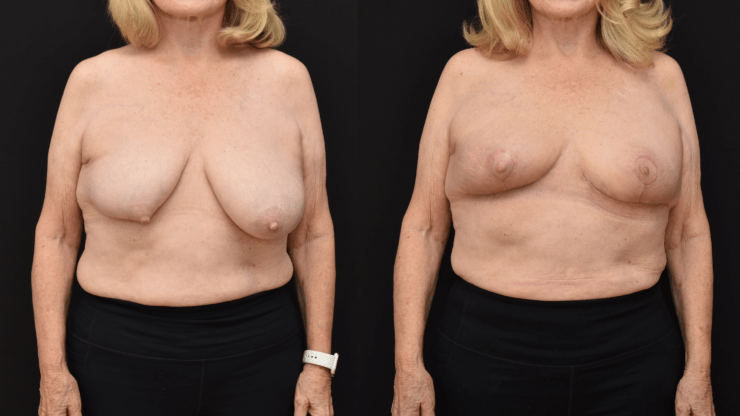There are several ways to reconstruct the breast after mastectomy. In patients who do not require radiation there are several options available for breast reconstruction. One of the more common methods of breast reconstruction is to place a tissue expander at the time of the mastectomy and have the skin heal appropriately. Once the skin has healed without any additional…
